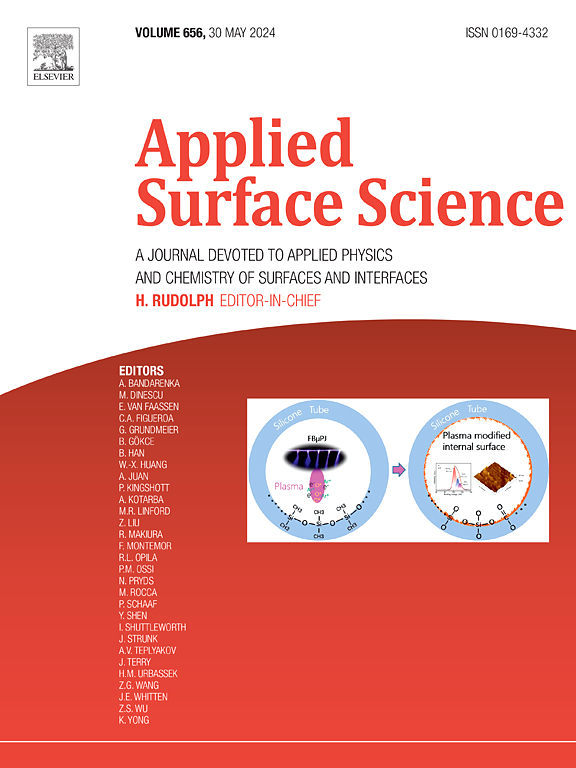Synthesis of high-performance arsenic-specific adsorption microspheres using iron-magnesium modified chitosan
IF 6.3
2区 材料科学
Q2 CHEMISTRY, PHYSICAL
引用次数: 0
Abstract
Chitosan (CS) is widely recognized for its excellent gelling properties; however, its application in heavy metal removal is often limited by the scarcity of active adsorption sites. In this study, CS was employed as a matrix material to fabricate gel beads (Fe/Mg-CS) through cross-linking with Fe3+ and Mg2+ thereby enhancing its adsorption capacity for As(V). The Fe/Mg-CS adsorbent was thoroughly characterized, and its adsorption performance was evaluated under optimized conditions. The optimal dosage of Fe/Mg-CS was determined to be 0.06 g/L, with effective adsorption observed within a pH range of 3–7. Kinetic analysis revealed that the adsorption process followed a pseudo-second-order model, suggesting that the adsorption mechanism primarily involves complexation reactions between hydroxyl groups and As(Ⅴ). Isotherm studies indicated that the Langmuir model provided the best fit, with a maximum adsorption capacity of 147.49 mg/g. Compared to conventional powdered adsorbents, Fe/Mg-CS offers several advantages, including straightforward synthesis, ease of recycling, and high efficiency. These properties make Fe/Mg-CS a promising candidate for the remediation of As(V)-contaminated groundwater, providing a sustainable and effective solution for future water purification applications.

铁镁改性壳聚糖合成高性能砷吸附微球
壳聚糖(CS)因其优异的胶凝性能而得到广泛认可;然而,其在重金属去除中的应用往往受到活性吸附位点的缺乏的限制。本研究以CS为基体材料,通过与Fe3+和Mg2+交联制备凝胶珠(Fe/Mg-CS),增强其对as (V)的吸附能力。对Fe/Mg-CS吸附剂进行了全面表征,并在优化条件下对其吸附性能进行了评价。Fe/Mg-CS的最佳投加量为0.06 g/L,在pH 3 ~ 7范围内吸附效果良好。动力学分析表明,吸附过程遵循准二级模型,表明吸附机制主要涉及羟基与As之间的络合反应(Ⅴ)。等温线研究表明,Langmuir模型拟合最佳,最大吸附量为147.49 mg/g。与传统的粉状吸附剂相比,Fe/Mg-CS具有合成简单、易于回收和效率高等优点。这些特性使Fe/Mg-CS成为修复As(V)污染地下水的有希望的候选材料,为未来的水净化应用提供了可持续和有效的解决方案。
本文章由计算机程序翻译,如有差异,请以英文原文为准。
求助全文
约1分钟内获得全文
求助全文
来源期刊

Applied Surface Science
工程技术-材料科学:膜
CiteScore
12.50
自引率
7.50%
发文量
3393
审稿时长
67 days
期刊介绍:
Applied Surface Science covers topics contributing to a better understanding of surfaces, interfaces, nanostructures and their applications. The journal is concerned with scientific research on the atomic and molecular level of material properties determined with specific surface analytical techniques and/or computational methods, as well as the processing of such structures.
 求助内容:
求助内容: 应助结果提醒方式:
应助结果提醒方式:


